Depending on the terrain, time of day, and use of anti-collision lights, you’ll be hard-pressed to see your drone when it’s one mile away.
Visual Line of Sight (VLOS) is not so much about the distance as it is your ability to actually see your drone and being able to see and avoid other aircraft or obstacles.
Take a look at Part 107.31 which lays out the VLOS guidelines. Many individuals will use anti-collision drone lights to enhance their ability to see the drone at farther distances.
§ 107.31 Visual line of sight aircraft operation.
(a) With
(1) Know the unmanned aircraft’s location;
(2) Determine the unmanned aircraft’s attitude, altitude, and direction of flight;
(3) Observe the airspace for other air traffic or hazards; and
(4) Determine that the unmanned aircraft does not endanger the life or property of another.
(b) Throughout the entire flight of the small unmanned aircraft, the ability described in subsection (a) of this section must be exercised by either:
(1) The remote pilot in command and the person manipulating the flight controls of the small unmanned aircraft system; or
(2) A visual observer.
§ 107.33 Visual
If a visual observer is used during the aircraft operation, all of the following
requirements must be met:
(a) The remote pilot in command, the person manipulating the flight controls of the small unmanned aircraft system, and the visual observer must maintain effective communication with each other at all times.
(b) The remote pilot in command must ensure that the visual observer is able to see the unmanned aircraft in the manner specified in § 107.31.
(c) The remote pilot in command, the person manipulating the flight controls of the small unmanned aircraft system, and the visual observer must coordinate to do the following:
(1) Scan the airspace where the small unmanned aircraft is operating for any potential collision hazard; and
(2) Maintain awareness of the position of the small unmanned aircraft through direct visual observation.

